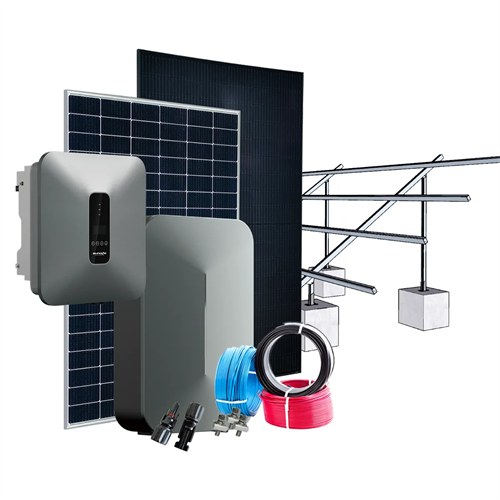In energy crisis and climate change resurgence, changing to traditional energy sources is not an option anymore. Among the different renewable sources weather, particularly solar, is certainly rising. This article recognizes the opportunities and the trends of the balcony photovoltaic systems, arguing for their viability in the dense urban areas and the impact of the policy support and subsidies within the European landscape.
Policy Support and Subsidies for Balcony Photovoltaics
The introduction of condensation in buildings is fairly distressing top shade in western economies since it perceived continuous expansion in the market for clean sources of energy because of better sustaining policies. Solar power systems policy support has been very effective in persuading urban people to use renewable energy.
The European Union targets for climate neutrality by 2050 has been included in the overall EU strategy encompassed in the European Green Deal. Some operationalization such as incentives and subsidies aimed at minimizing the up-front capital cost for solar PV systems have been provided. Germany’s Renewable Energy Sources Act (EEG) compensates for small-scale photovoltaic systems feed-in-tariffs even for systems mounted on balconies. This arrangement enables landlords and tenants whose surplus electricity is sold out to the grid to do so at attractive rates, making the investment in the balcony photovoltaics even more appealing and economically viable.
France’s energy transition law provides, from inception credits to purchase installation for small renewable energy sources. Such subsidies help bring down the cost barrier to individuals living in multi-family buildings so that more people can join the renewable energy revolution. Italy, Spain or some other European countries did not stick to their pattern, they have gone forward to promote the concept of sustainable living.
These policy regimes not only support market penetration of balcony PV systems but also facilitate market-led technological advancement. The market prompts the research of better appearance solutions and effort economizing facilities focused on the city residents.
Potential of Small Photovoltaic Systems in Urban Environments
For urban environment, there are benefits and problems regarding the deployment of renewable energy technologies. In many cases, the high efficiency of large photovoltaic systems is restricted due to the limited available space, aesthetic requirements, or zoning restrictions. Small photovoltaic systems tend to wooden areas on balconies are great potential.
Balcony photovoltaic systems are switched assemblage of solar slabs fitted on either side or the overhead rails of the balcony space. These types of systems are mainly appropriate for cities where free rooftop areas are so minimal or communal. They have several notable advantages:
Space Efficiency: Balcony photovoltaic systems, being vertical systems, make use of more vertical spaces that would have been wasted making them more beneficial in what’s termed as slum concentration where over-populated area will be found space which is very limited in horizon.
Scalability: Since these systems are modular, they are also quick to install, and complete as necessary. These types of systems have scalable designs in that they are adjusted based on the energy requirements as well as the space void.
Ease of Installation: In most cases, they do not require major re-design of buildings, available for most renters and condominium owners without worries of what their landlords or the homeowner associations would say.
Empowerment: Balcony photovoltaics encourages self-people producing the renewable energy and significantly contributes towards climate change action empowerment initiatives level.
This positive outcome is not only limited to individuals. The potential for all costs and energy usage to be lower in a society that adopts such technologies is quite high as well. As urban living is characterized by a relatively high population density, from that perspective, one can easily imagine that given a considerable area some solar energy could be captured for powering or supplementing the urban infrastructure.
Along with that, improvements in photovoltaic materials and energy storage technologies are constantly increasing the efficiency and appeal of balcony systems. With these developments, it is becoming increasingly convenient for city residents to employ solar energy through solar panels and battery packs.
Conclusion
The design, construction and operation of balcony photovoltaic systems is one of the most strategic areas towards the evolution of energy-efficient buildings and cities. With the assistance of policies and subsidies by governments in Europe, the financial and jurisdictional impediments have been taken care of allowing many people to utilize the systems. Due to their inherent characteristics, small photovoltaic systems are also beneficial for densely populated urban areas offering an effective means of leveraging renewable energy.
Given the ongoing trend of increasing urbanization, balcony photovoltaic systems would need adoption in an urban environment sustainably in the future. The individual and the community cannot be left out when it comes to initiatives on the deployment of renewable energy systems so as to meet the climate change goals in the long run and strengthen the urban fabric.

 EN
EN
 AR
AR
 CS
CS
 NL
NL
 FR
FR
 DE
DE
 IT
IT
 JA
JA
 PT
PT
 ES
ES
 TH
TH
 TR
TR
